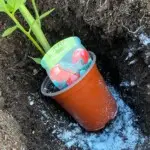
I don’t know about you, friend, but I’m already looking forward to that first juicy ripe tomato come July, which is funny considering there are snow flurries outside my window, and the tomato seedlings in the living room are only a few inches high.
But that’s okay; early spring offers me the perfect time to do a little planning that will ensure I have plenty of tomatoes this summer.
And if you’re growing tomatoes, too, you should take notes because I’m about to put some holes in your gardening plans.
Tomato holes, that is!
Not holes in your tomatoes, but the holes you’ll be planting them in once we reach that magical point in the year when “all danger of frost has passed.” Far too often, we head out to the garden with our tiny plants, a pair of gloves, a trowel and a watering can. We plunk our plants in a hole, water them in and call it good.
But that hole in the ground is actually a template for tasty tomatoes.
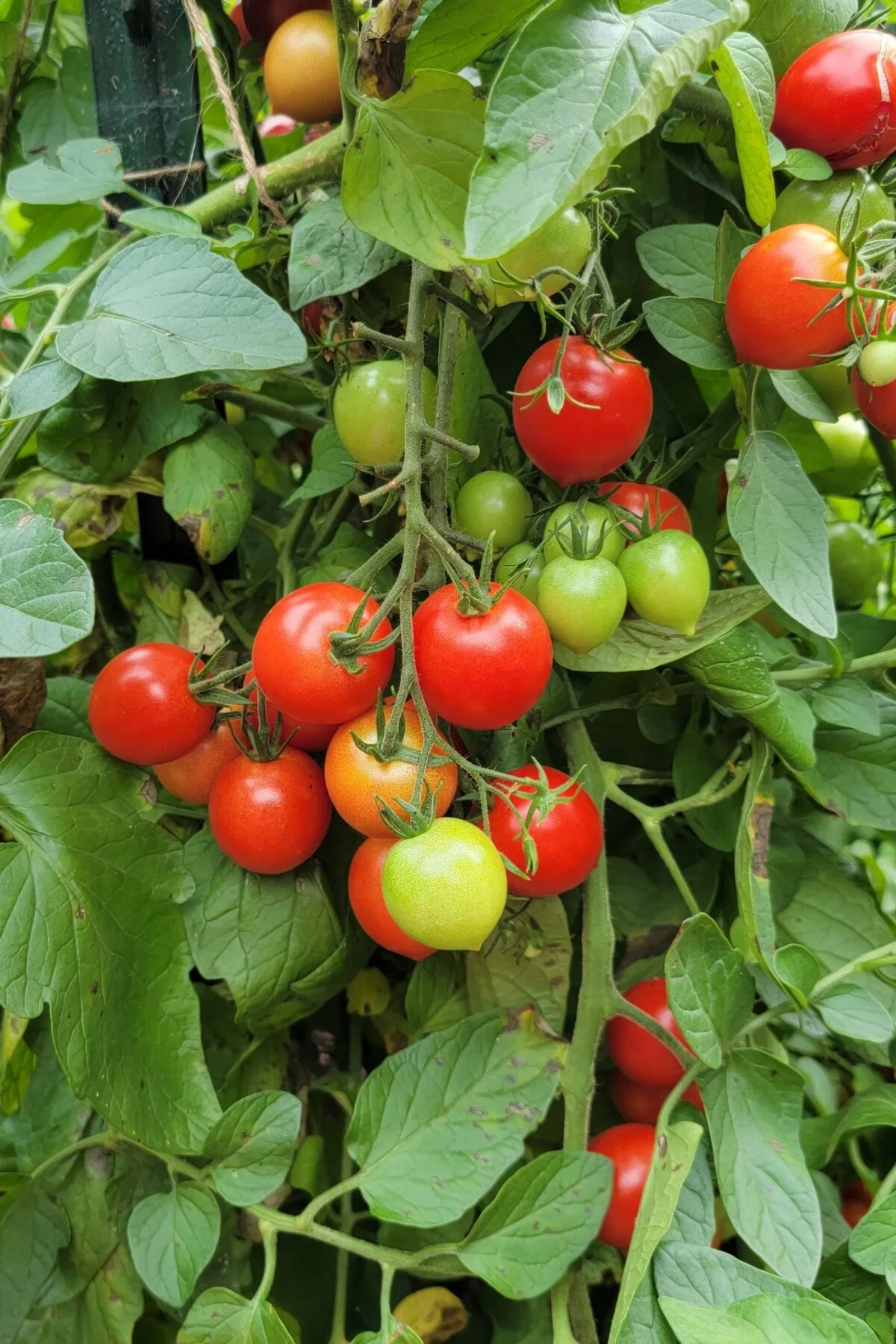
By doing something as simple as adding one or more soil amendments to the hole when you plant your tomatoes, you can easily enjoy the benefits all summer long. A little effort now can lead to the following:
- Drought resistant tomatoes
- Healthy root systems
- Tomato plants that are more resistant to pests and disease
- Needing to fertilize less during the summer
Tomatoes are needy. They need a lot of nutrients, a lot of water, a lot of sunshine, and a lot of space. If we tomato gardeners were honest with ourselves, we’d admit they’re likely the most inconvenient and labor-intensive veggies to grow.
Will we stop growing tomatoes? Pfft. Never!
One of the main reasons I’m an advocate for adding a lil’ something to the hole before you plant your seedlings is because, as much as I love gardening, I like not gardening a whole lot more. And by that, I mean I enjoy wandering around my garden admiring my plants and picking veggies, herbs and flowers more than I enjoy weeding, fertilizing, mulching, etc.
I’m all about anything I can do at the beginning of the season to make my life easier.
Let’s Discuss Tomato Holes
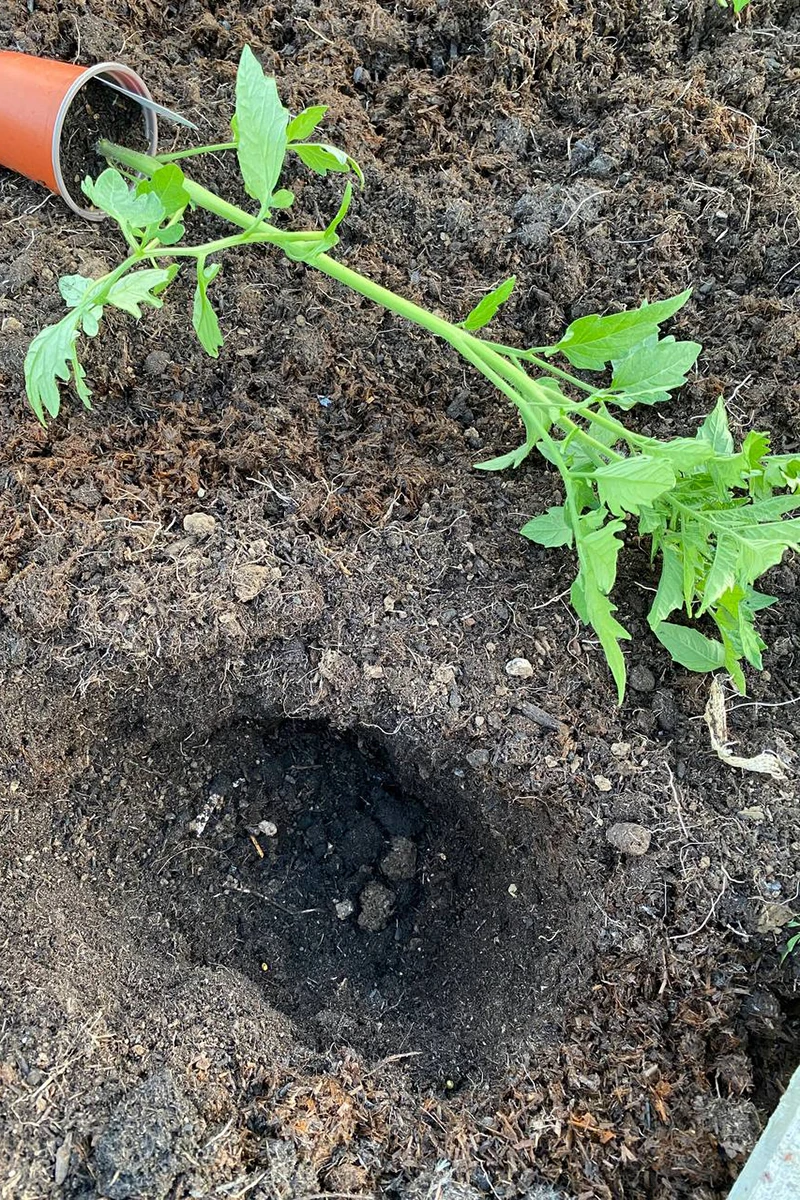
Let’s talk about the holes themselves before we discuss what to put in them. Tomatoes need firmly anchored, robust root systems to do well. They like to reach deep down into the ground (that’s where all the water and nutrients are stored).
I like to make life a little easier for my tomatoes. I always dig the hole a few inches deeper than I intend to plant the tomatoes. But I leave those last few inches of soil in the hole. What I’m attempting to do is loosen up the soil a bit to make it easier for the roots to get a good hold and head downward.
Those growing in containers have it easy; your soil is already loosened.
Now, here are a few of my favorite things (Julie Andrews, is that you?) I like to tuck in with my tomatoes in the spring.
1. A Trowel
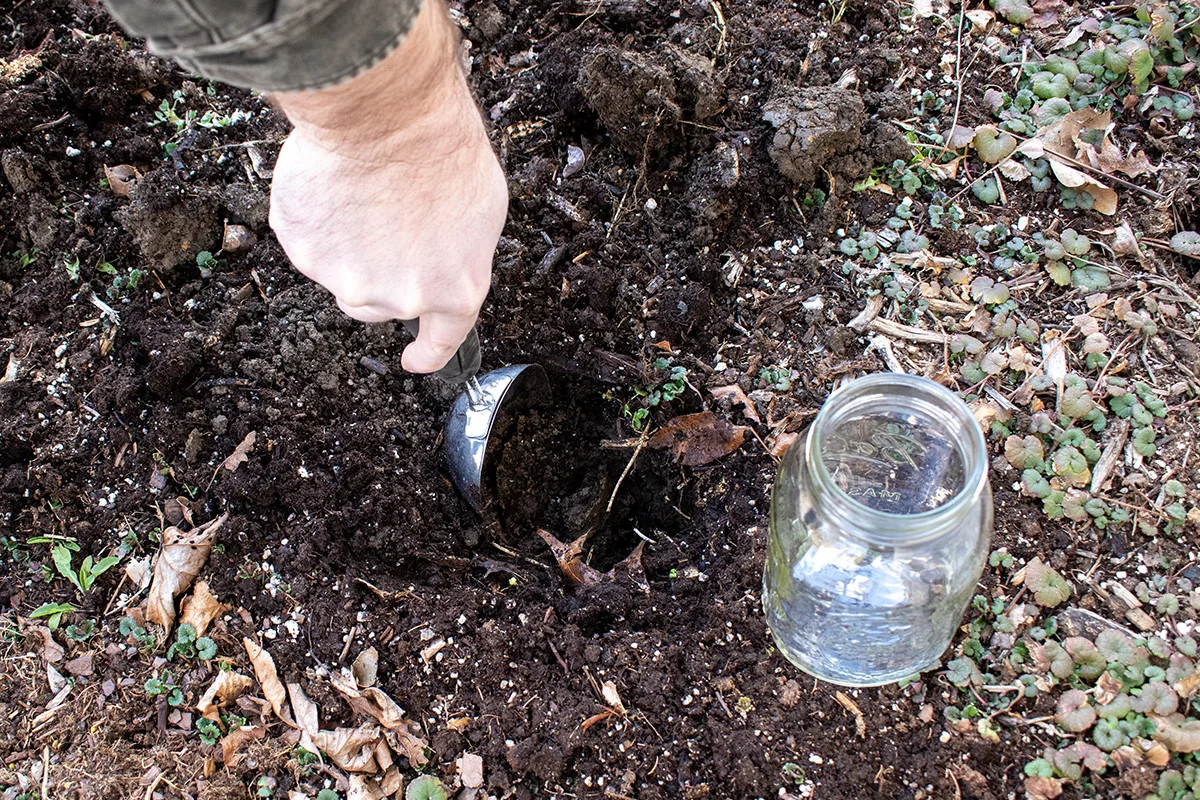
Okay, don’t bury your garden trowel with your tomatoes, but do collect a nice spade full of dirt. You see, the most important thing I do each spring before planting tomatoes, well, anything really, is to send off a bit of soil to my local county cooperative extension office.
Remember how I’m lazy and like to keep gardening as easy as possible?
Soil testing is part of that because it tells me, right from the start, if I even need to bother fertilizing. Knowing what nutrients are already in your soil is smart. I know right away if there are any deficiencies, so I’m not guessing all summer trying to figure out what my tomatoes need. I know exactly what amendments my soil needs right at the start of the season.
Most county extensions provide low-cost soil testing. Some will interpret the results for you, others, you might have to pay extra for interpretation and recommendations. Still others, such as my cooperative extension – Penn State – provide online handbooks advising on how to interpret your results and recommendations for your soil.
Here is a link to help you find your state’s cooperative extension. Once you click through to your state, you can find your county office.
If you don’t have a cooperative extension office near you, you can also send a soil sample in the mail for testing. MySoil and Rx Soil both offer laboratory soil testing. And you can do a few at-home soil tests yourself, too.
2. Compost
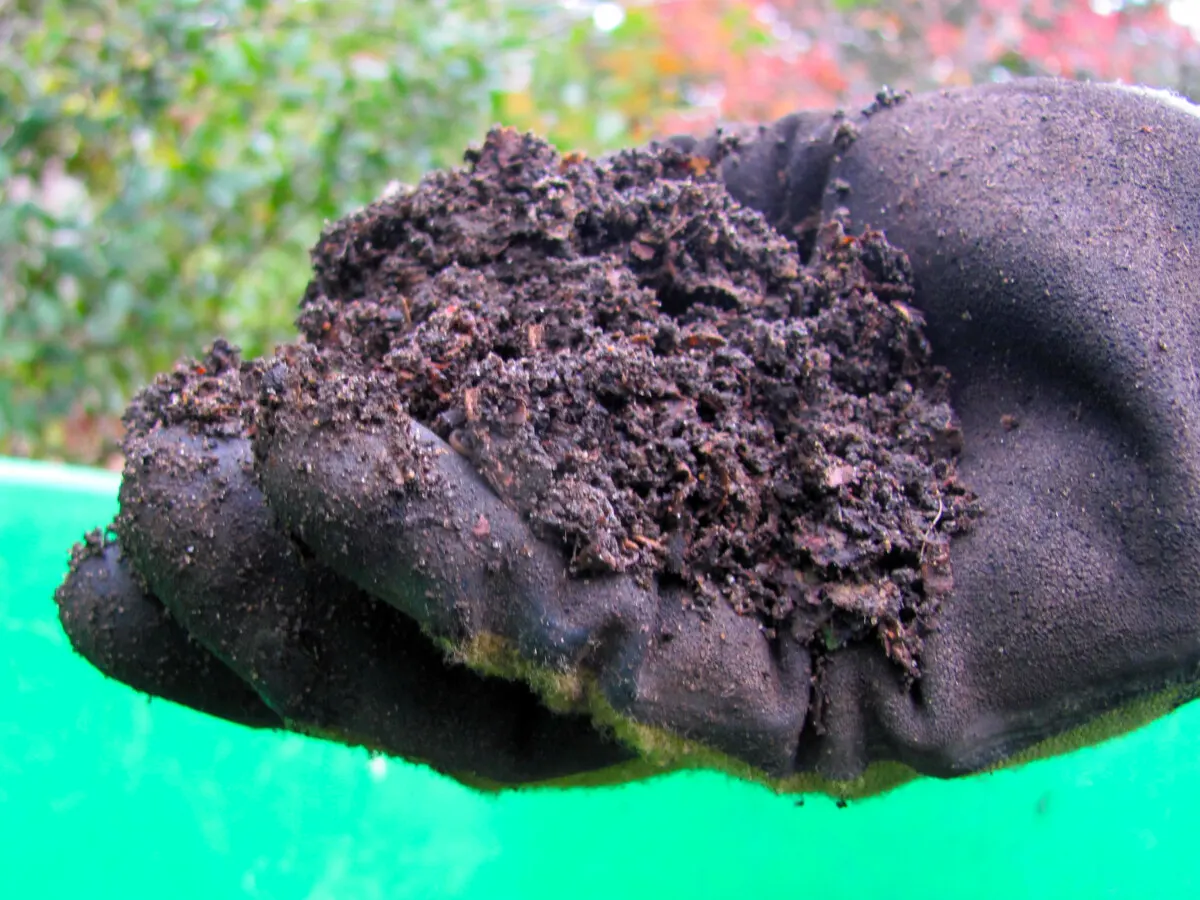
I’m starting with compost because even if you tested the soil and it needs nothing, you can’t go wrong by adding more organic matter. Compost adds trace amounts of nutrients that are released slowly into the soil. Adding organic matter also helps to improve water retention and soil structure.
Even if I put nothing else in my tomato planting holes, I always put a spade or two full of compost in.
If you don’t have a compost pile, I know a method that will give you finished compost in two weeks – The Berkeley Method.
3. A Fish Head
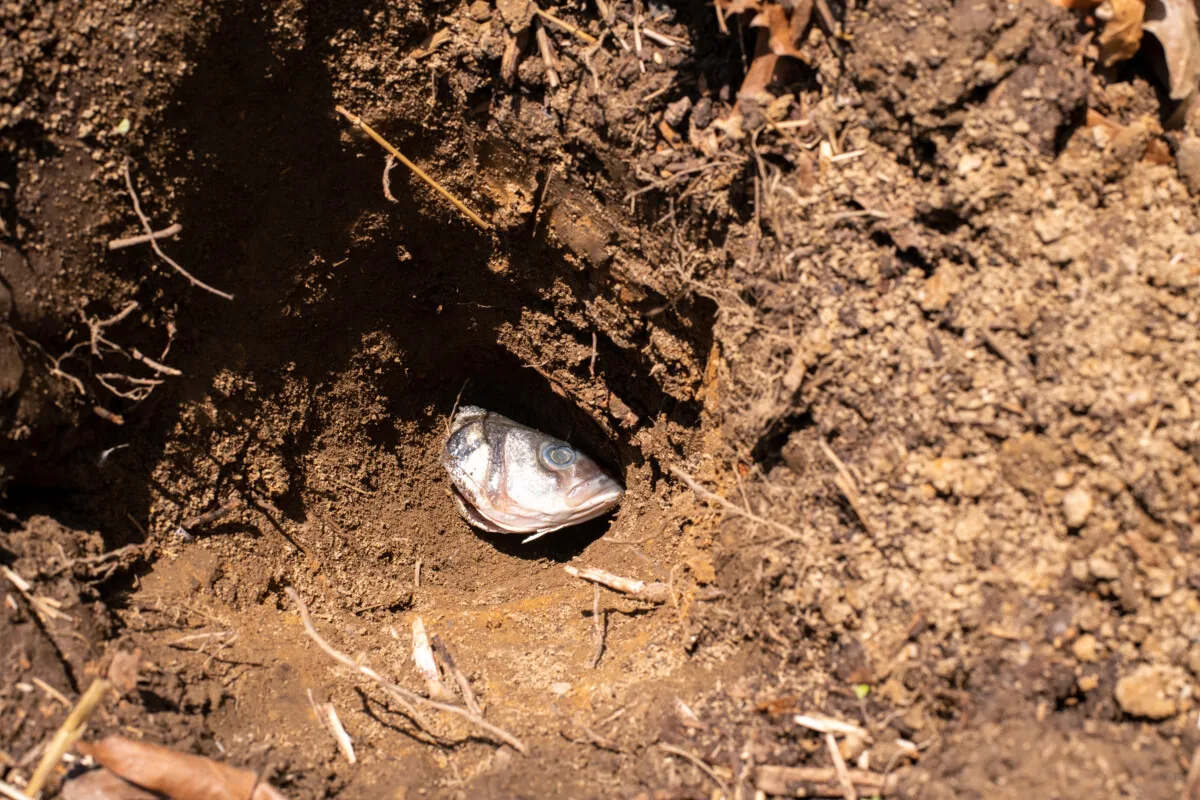
If you’ve been around the gardening corner of the internet long enough, you’ve likely heard about burying a fish head under your tomatoes. The rotting fish is essentially a slow-release fertilizer.
The idea came from the indigenous method of planting called the Three Sisters Method, where they bury a fish before planting corn.
How it got turned into tomatoes, I don’t know.
What I do know is that I tried it one summer. You can read about it here.
The results were, eh. My plant did as well as the other plants, but I didn’t have to fertilize the one with the fish under it.
A word of caution: if you plan on giving this a try, you’ll also want to see number 9. To avoid having a critter come along and dig up your seedling to get to the buried treasure beneath it, it’s best if you bury both the fish and the tomato deeply.
4. Blood Meal
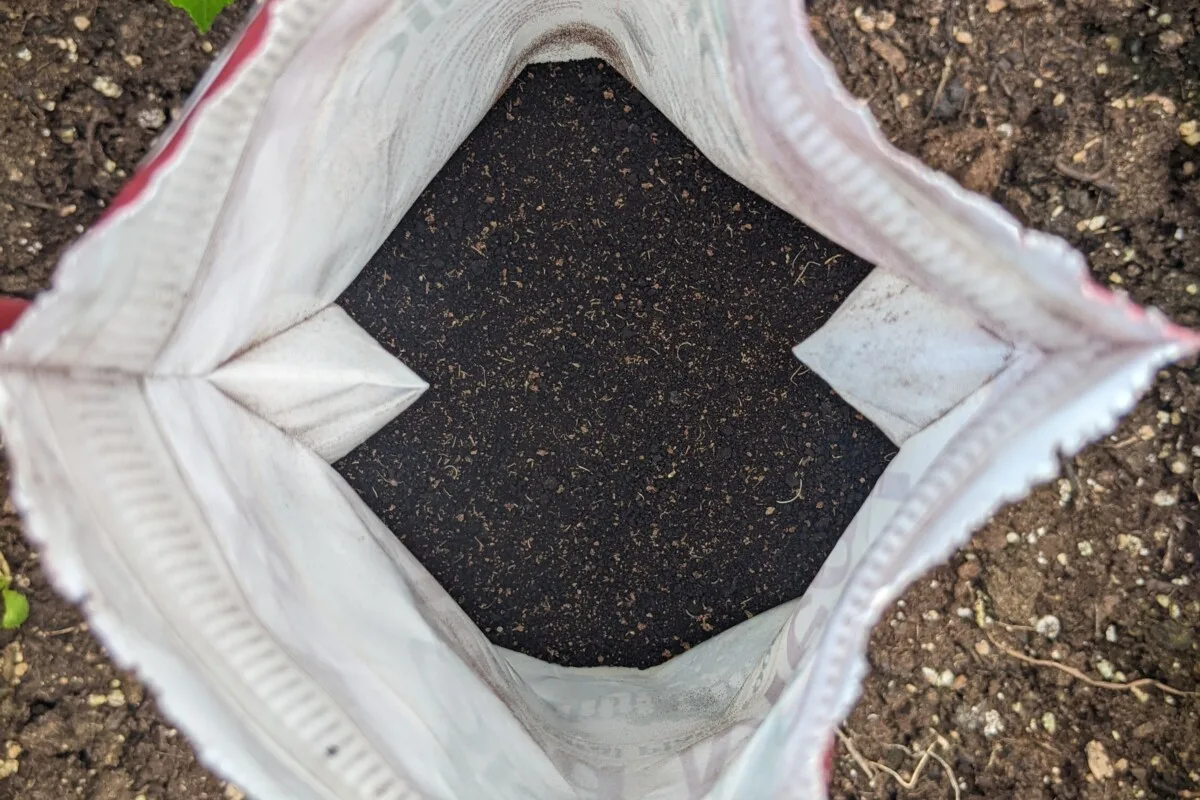
If there’s one thing all tomatoes need at the beginning of the season, it’s nitrogen. Tomatoes are nitrogen hogs, which makes sense when you see how much growth they put out in the two months before they start flowering and producing fruit.
Nitrogen is the most important nutrient for foliage growth, so it’s important that tomatoes have enough right at the beginning of the season.
By adding it to the hole when I plant them, they get the nitrogen they need when they need it. Then, when they start flowering, I can concentrate on giving them more phosphorous for flower and fruit development.
Why blood meal? Because it’s a natural, slow-release fertilizer that won’t burn new plants. You can read more in-depth about the benefits of blood meal in my article here.
This is the brand that I always use. It’s pretty easy to find locally. Most of your big box home improvement stores carry it.
5. Leaf Mold
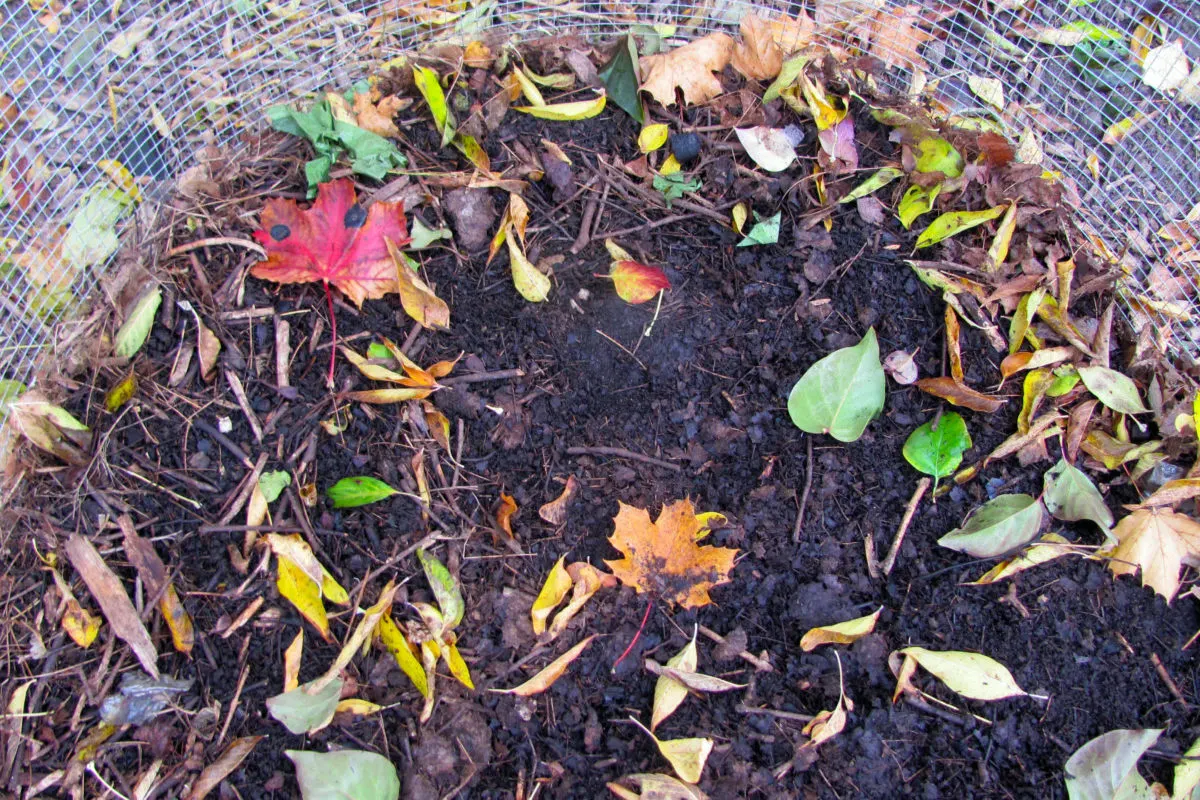
Another great option to add a bit of organic matter to your tomato hole is leaf mold. Lindsay is our resident leaf mold guru. She can walk you through the benefits of taking all those leaves that fall off your trees and turning them into leaf mold. Returning nutrients to the soil and better water retention are just a few.
Not to mention, you’re inoculating the soil your tomatoes are going into with beneficial organisms that thrive in leaf mold. Improving the microbiome before you introduce your tomato seedlings is a great way to give them a boost.
6. Mycorrhizae
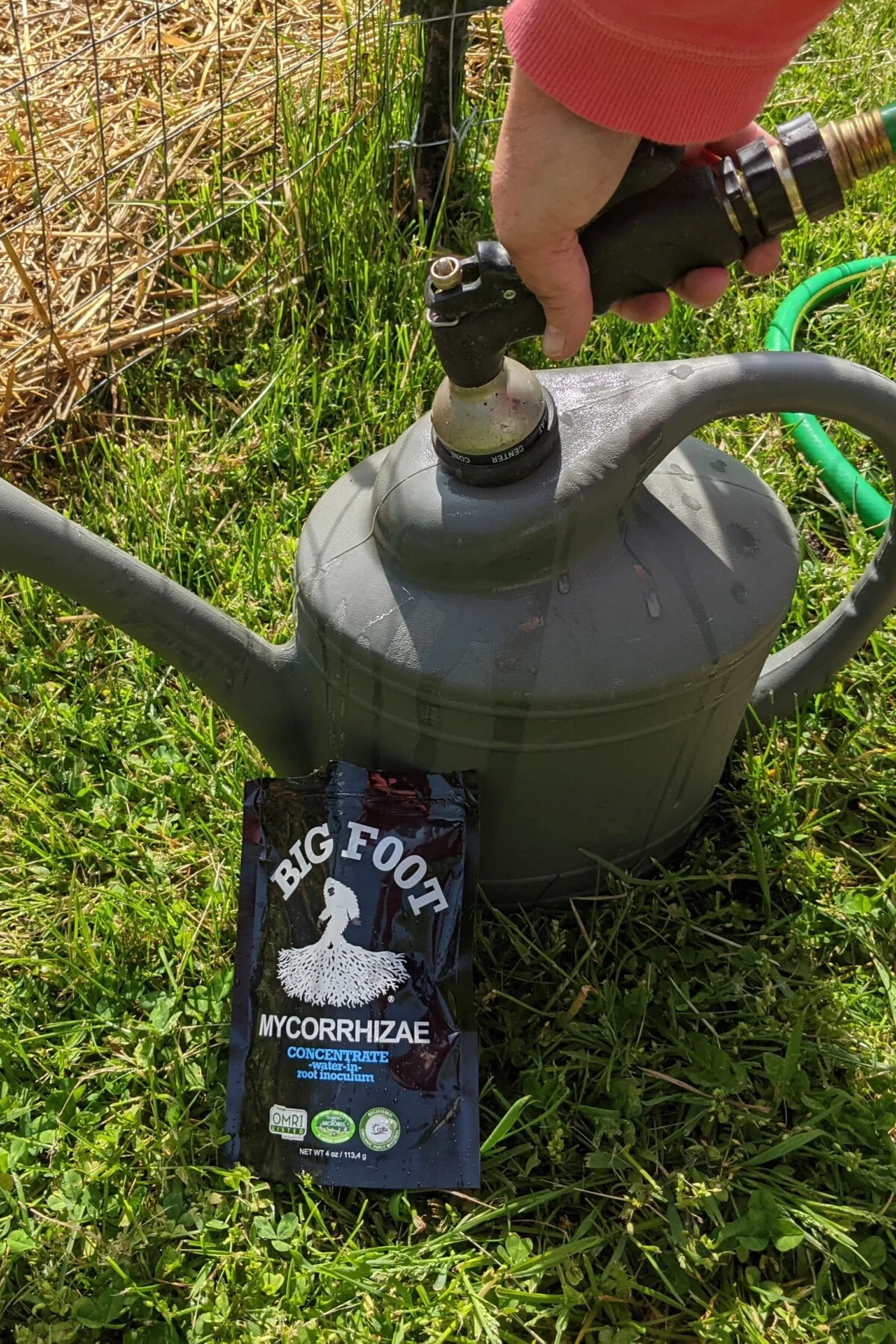
Speaking of the microbiome, my absolute favorite thing to put into my tomato holes before I plant my seedlings is a mycorrhizae inoculant.
I’m sorry, Tracey, a what? Are we preventing tomatoes from getting the measles here?
90% of the world’s plants rely on a special relationship that happens below the soil. Microscopic strains of fungi attach themselves to the roots of plants, essentially acting as part of the plant’s root system, only with special abilities.
There is even research that suggests fungi are the reason we have plants – and animal life – on Earth, allowing algae to make the transition from the sea to the land. (A very cool read.) The next time you pass the mushrooms in the supermarket, say thank you.
That’s great, Tracey; what do they do for my tomatoes?
These fungi in the soil are called mycorrhizae, and they actually break down nutrients captured in the soil, converting them to a state that the plants can use. They increase the surface area of the root system as well (by a lot!), which makes your tomatoes more drought-resistant as they have more access to water in the soil.
But mycorrhizae works best if it’s applied directly to the roots of the plant, which is why it’s best to add it when you’re planting your tomatoes. I have used both Plant Success Organics and Big Foot Mycorrhizae with great success.
7. Magnesium
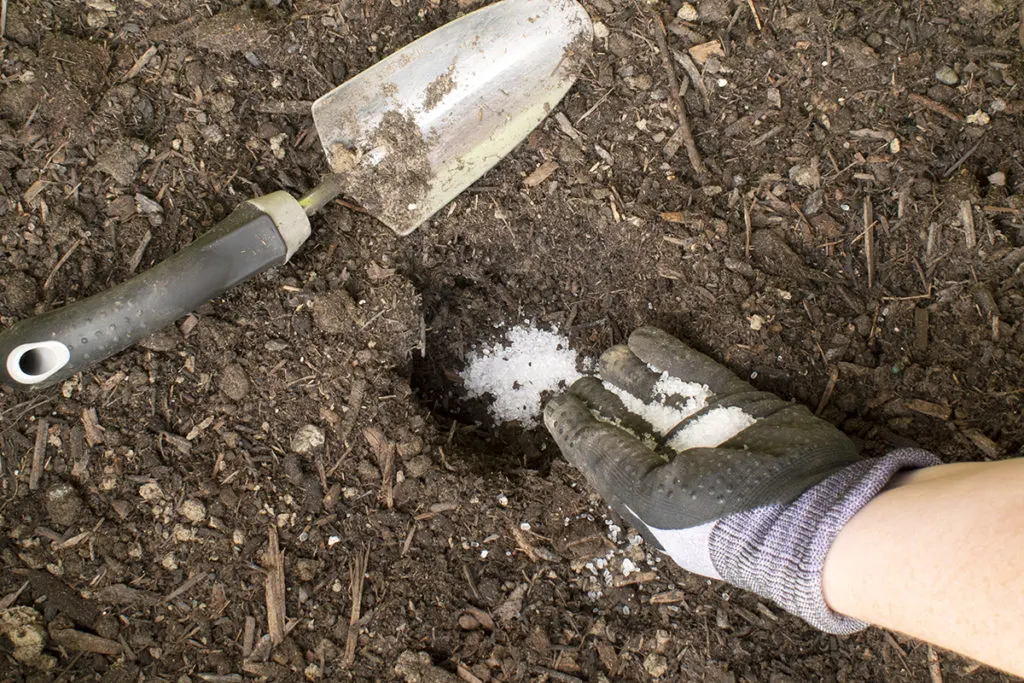
Magnesium, a trace element, is nonetheless important to plants, especially new plants. It’s an important electrolyte that helps to move other compounds throughout the plant and controls quite a few important biochemical processes. (NIH)
Magnesium makes up the core of each chlorophyll molecule in plant tissue. Naturally, if your soil is magnesium deficient, it directly affects chlorophyll production in plants.
How do you know if your soil is deficient? See number one.
But what kind of magnesium, and where can I get it, Trace? Well, take a nice hot bath with some Epsom salts, and think it over. I’m sure it will come to you. Yes, that’s right. Epsom salt (magnesium sulfate) is a good source of magnesium you can use in your garden.
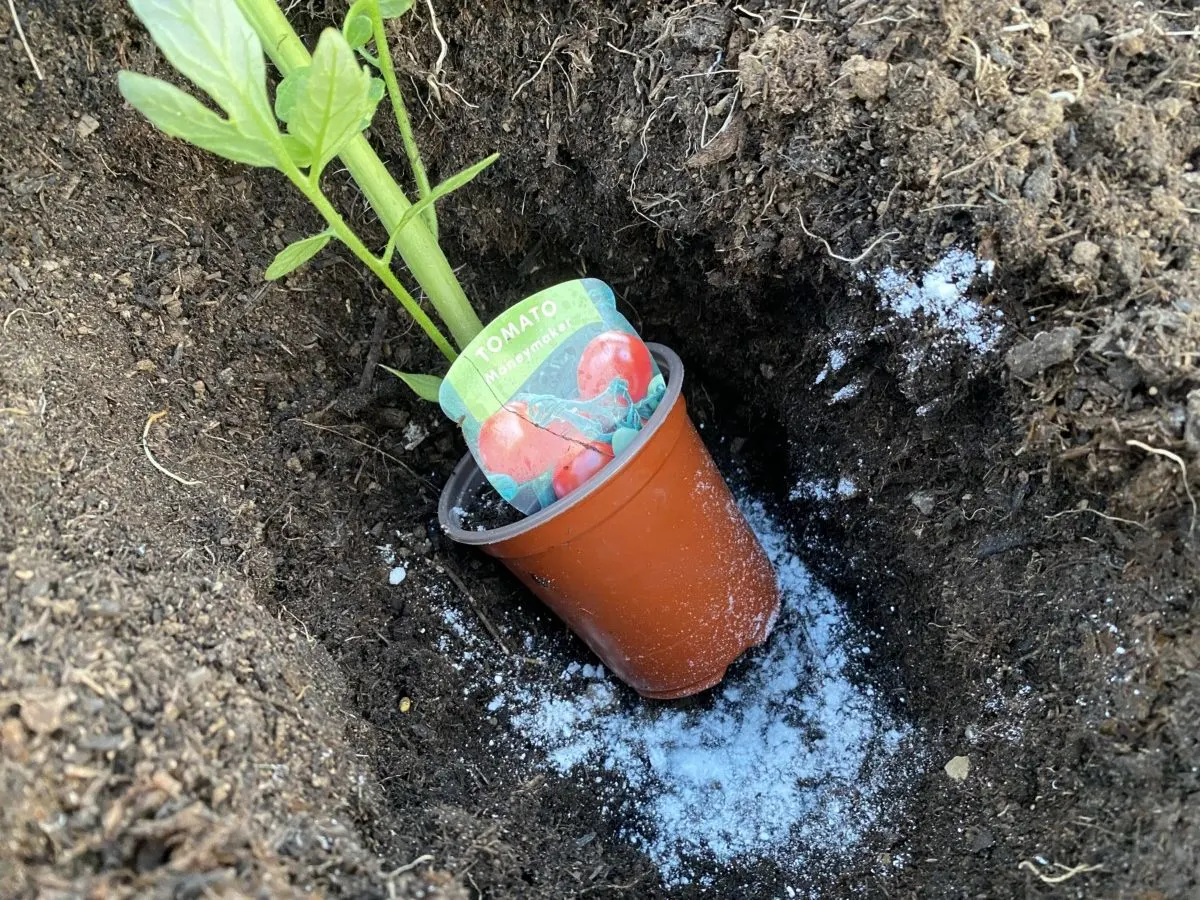
8. Worm Castings
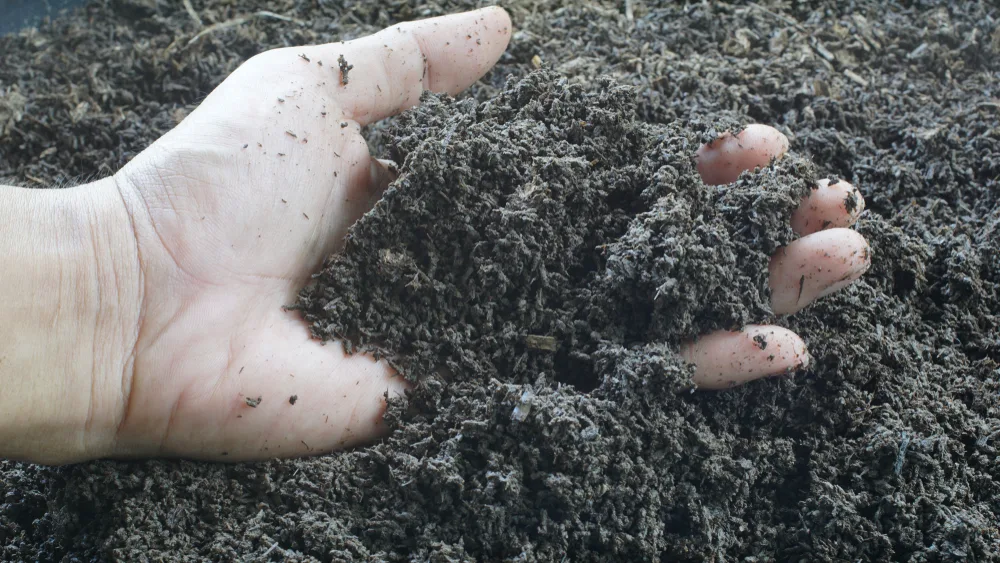
For those who aren’t already in the know, worm castings are poop. Yup, worm poop. As gardeners, we already know that poop is pretty great for our gardens. Manure from other animals, such as chickens, is a great source of nutrients.
But worm castings are like tiny nutrient-filled nuggets of gold.
Okay, maybe that was too descriptive. But it’s true. Unlike regular compost, worm castings hold moisture better, help to improve the structure of the soil, and hold nutrients in the soil, preventing them from washing away.
And if those weren’t good enough reasons to add tiny worm poops to your tomato holes, I’ve got a few more. Unlike many commercial fertilizers, worm castings won’t burn the tender roots of new seedlings. According to research at Cornell University, there are naturally occurring compounds in worm castings that will kill aphids who come into contact with them.
Finally, the metric we gardeners get the most excited about, Ohio State University studies have shown that worm castings improve the overall yield of plants. More tomatoes, did you say? Where’s the worm poop?
9. Your Tomato – But Deeper
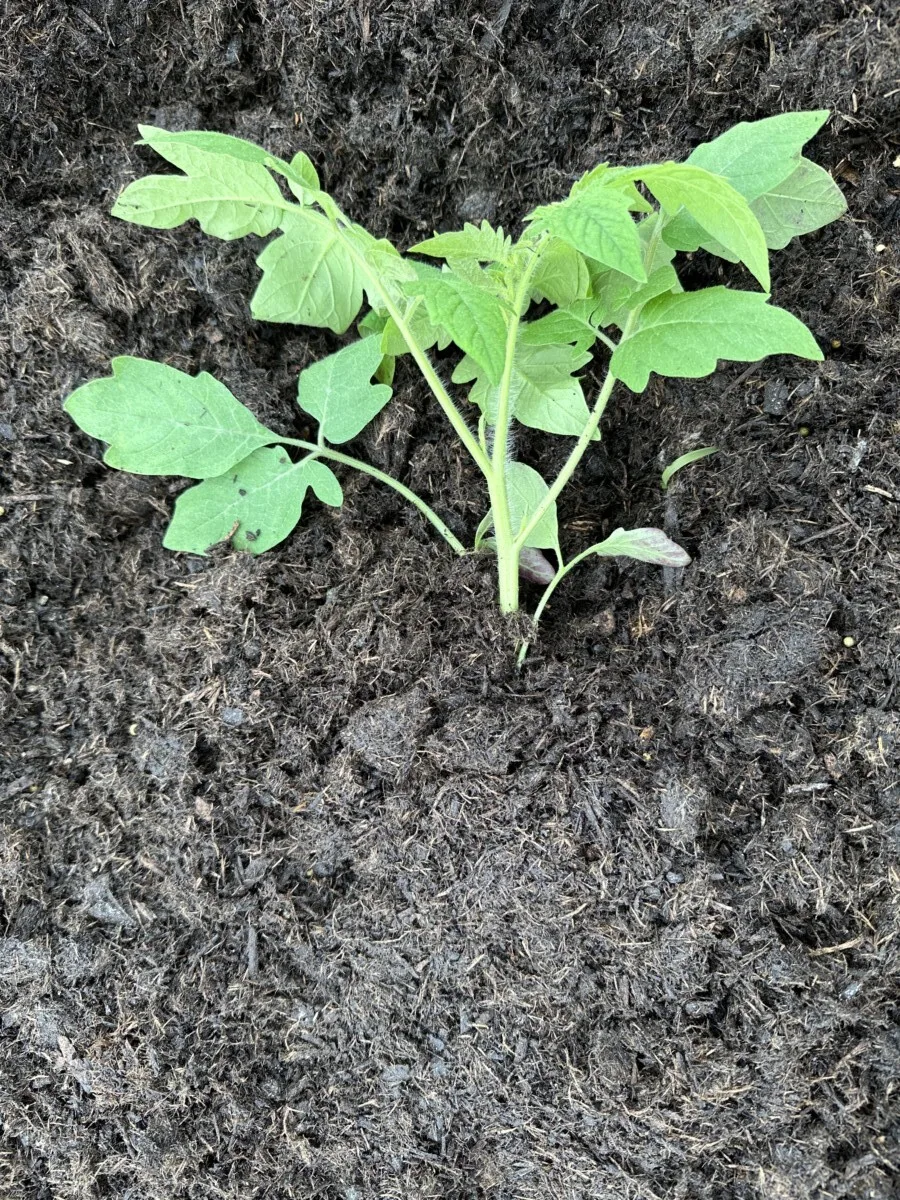
After all, the tomato is what all the fuss is about, right? So, here’s the thing. Tomatoes have this uncanny ability to put out new roots anywhere the plant is touching soil. It’s their way of ensuring they get enough water and nutrients. You can read all about it here. (It’s pretty cool.)
You’ve probably seen it happen in your garden if you’ve grown tomatoes before. Or you may have noticed tiny little worm-like obtrusions growing out of the plant when it’s stressed or isn’t getting enough water.
But I like to head my tomatoes off at the pass and give them the opportunity to grow more roots right from the start, so I plant my tomatoes deeply. I dig the holes for my tomatoes extra deep and plant them so that a third to a half of the stem is buried.
You can also get crazy and plant them sideways. Yup, it’s a whole thing. However, given the choice of planting them sideways or deeply, I have much better luck with planting them deeply.
Not bad, right?
A little extra effort – dumping stuff in a hole – can give you bigger, healthier tomatoes later on. Okay, I need to go fry up some bacon. I need to practice for all those BLTs I’m planning on eating this summer.

Get the famous Rural Sprout newsletter delivered to your inbox.
Including Sunday ramblings from our editor, Tracey, as well as “What’s Up Wednesday” our roundup of what’s in season and new article updates and alerts.


